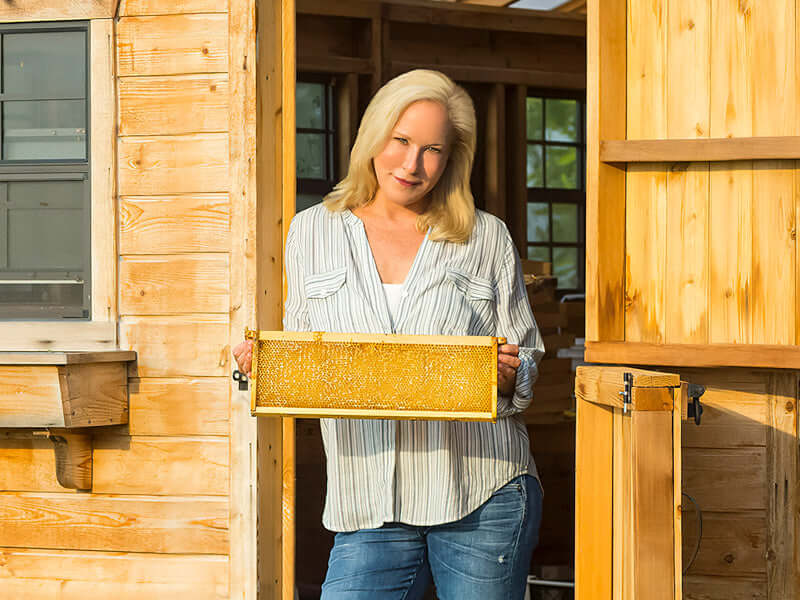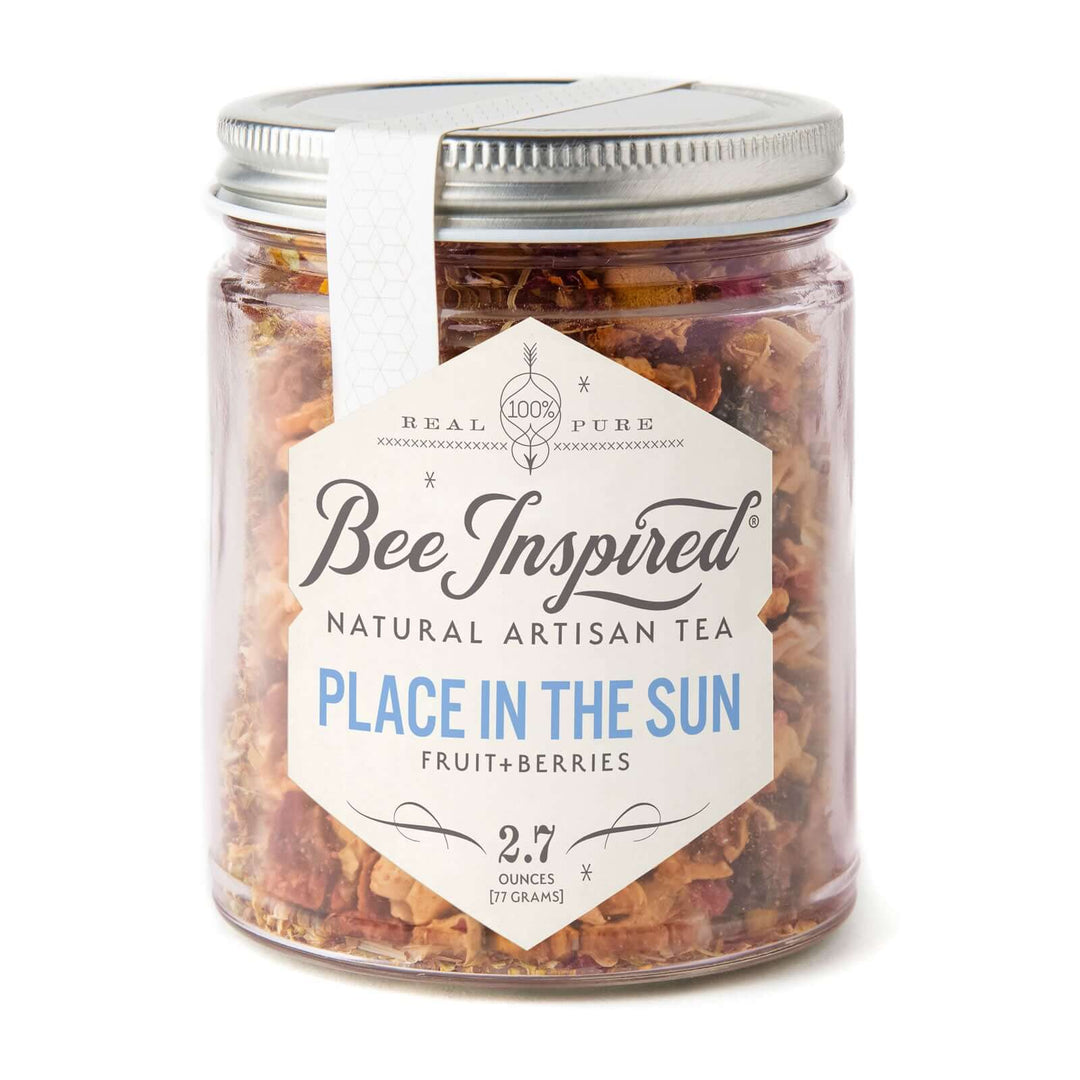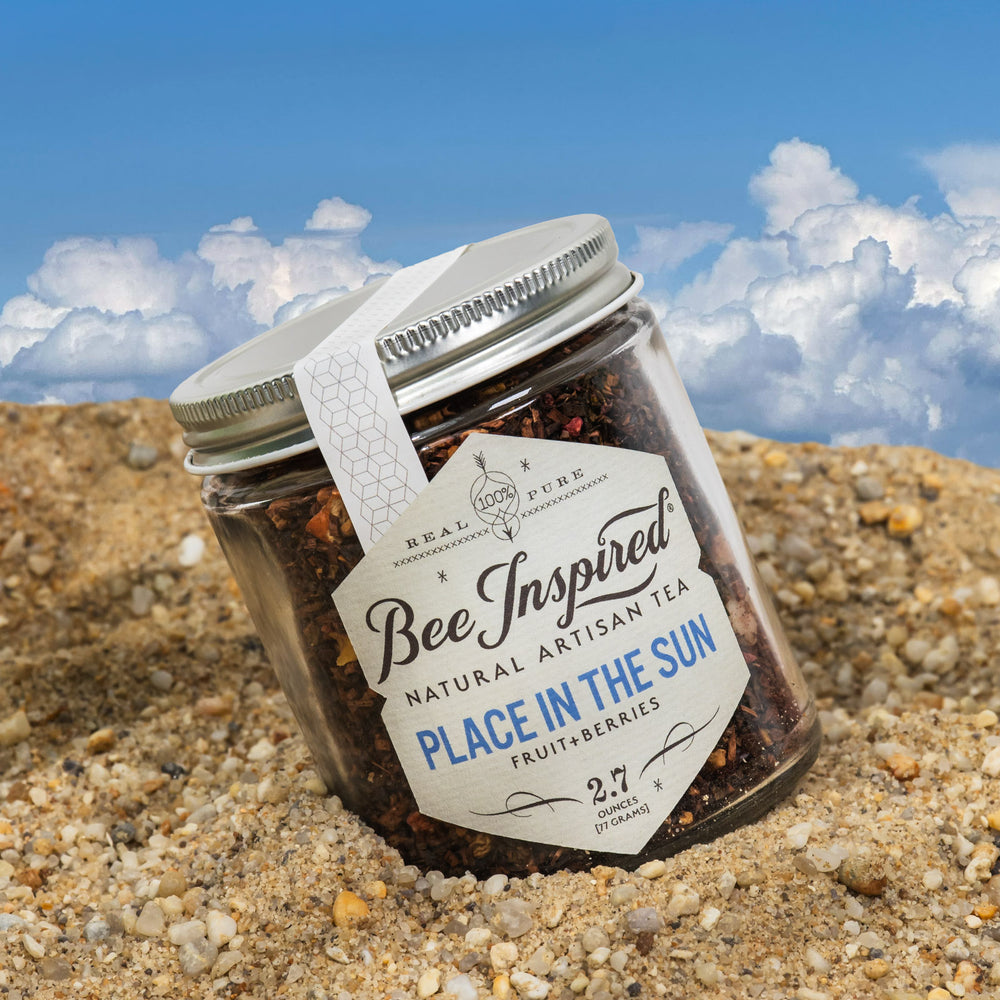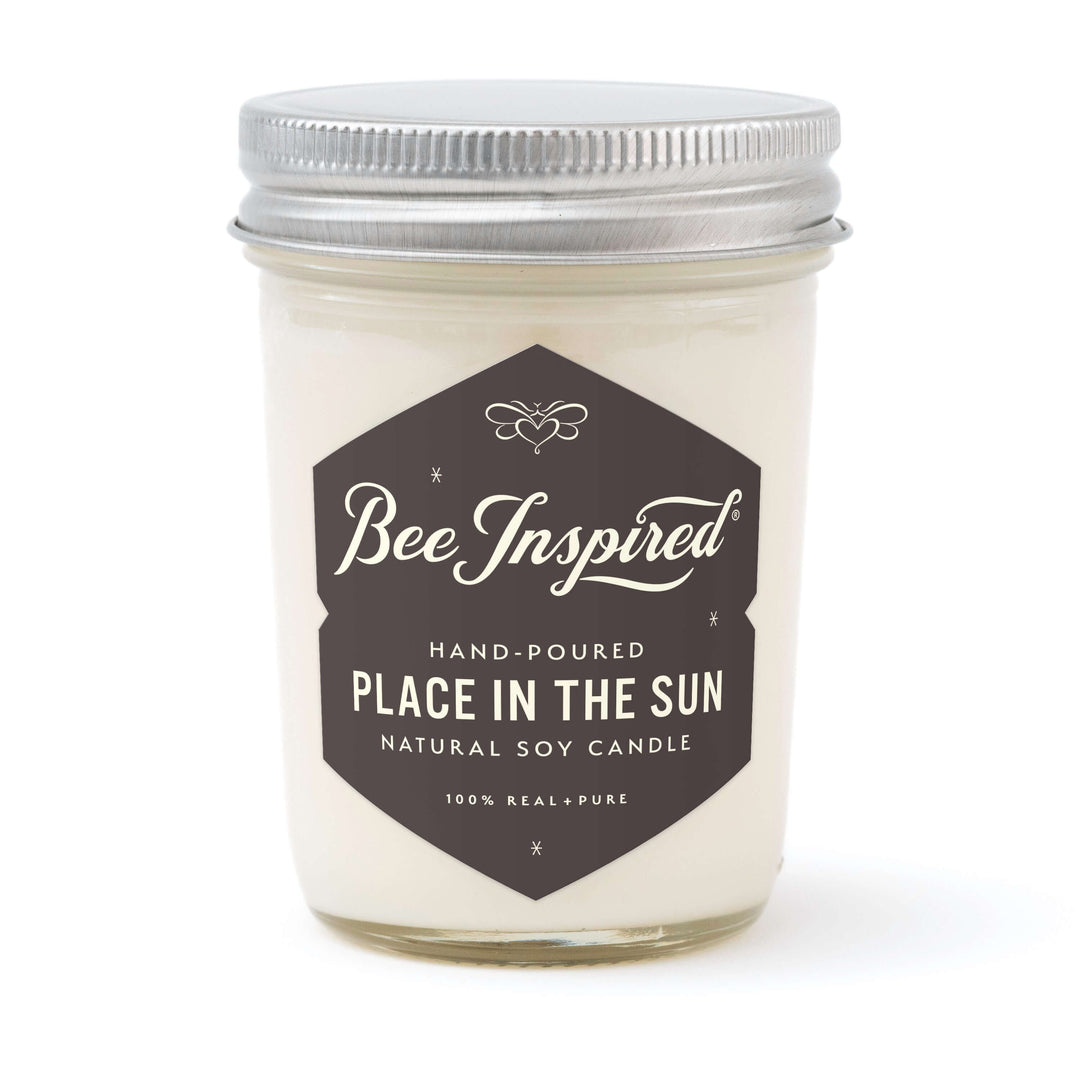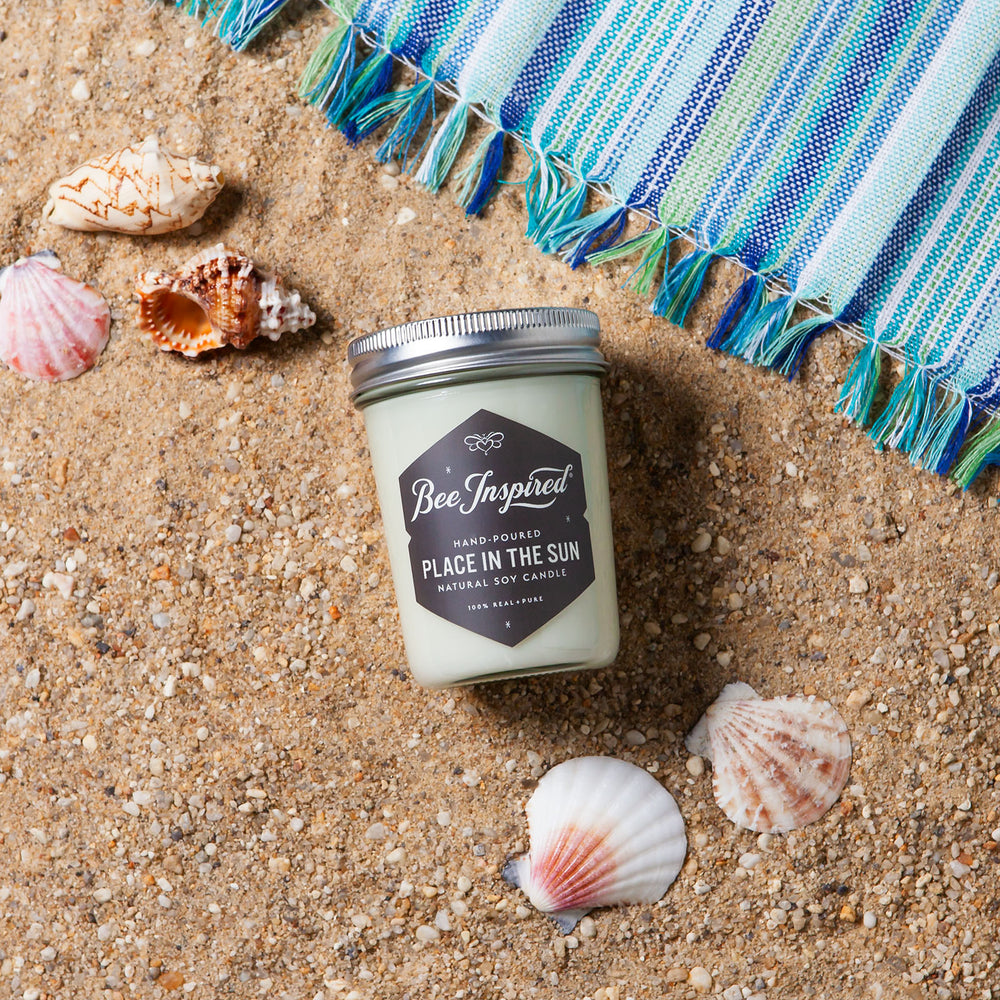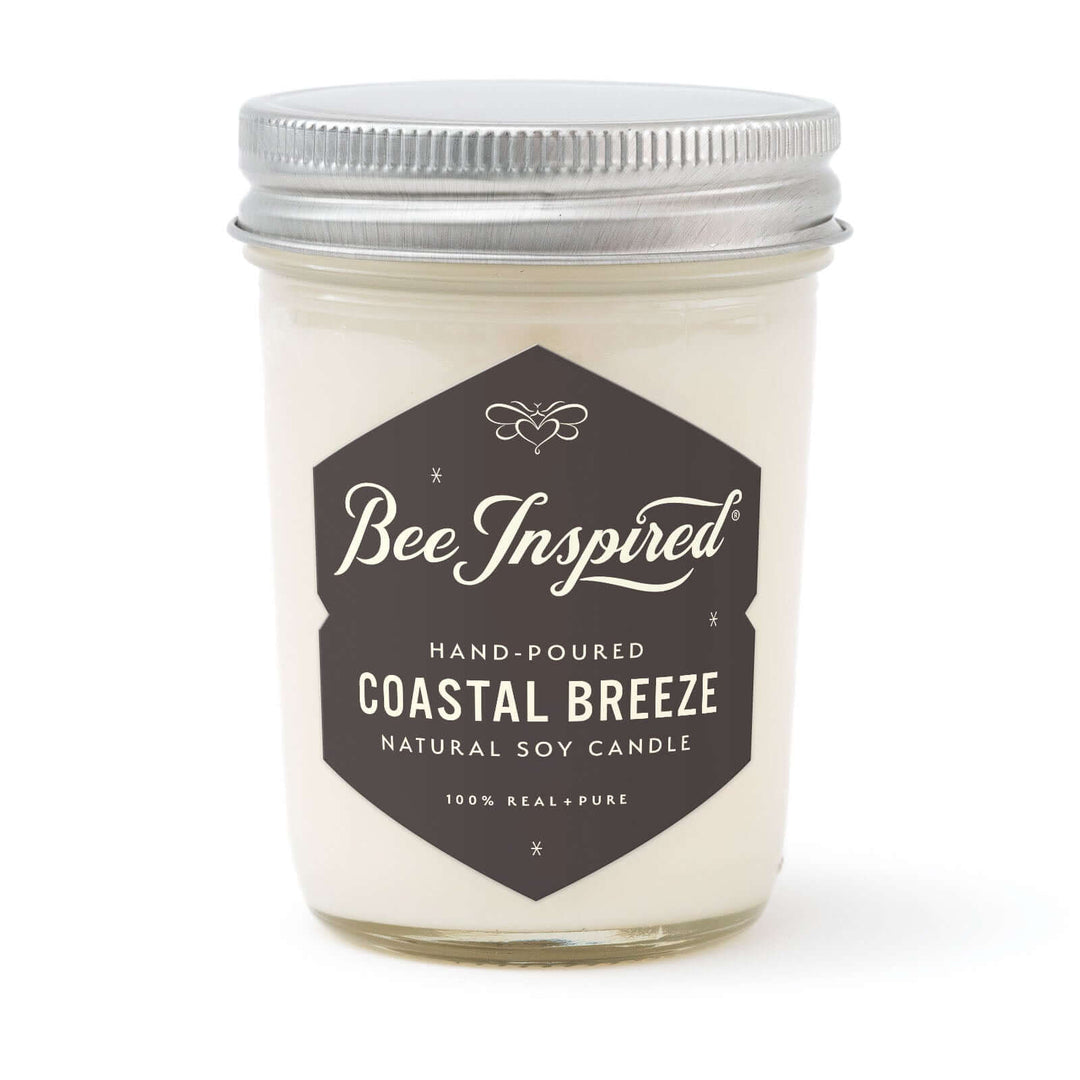March on Maryland's Eastern Shore can be tricky for beekeepers. One day it's freezing, the next it's warm enough to open hives. This inconsistent spring weather creates the perfect scenario for understanding when to feed bees—a skill that separates successful beekeepers from those who lose colonies to poor timing.
The Great Feeding Debate: Schools of Thought
Ask five beekeepers about bee feeding timing and you'll get six different answers. The beekeeping community has always been divided on this topic:
The Purist Approach: Some beekeepers feel that sugar water stimulates bees artificially and prefer minimal intervention. They believe bees should rely primarily on natural nectar sources.
The Practical Approach: Others recognize that modern beekeeping—with its challenges of habitat loss, pesticides, and climate variability—requires strategic feeding to maintain colony health.
The truth? Both approaches have merit, but timing determines success. Learn the detailed methods behind effective feeding in our complete bee feeding guide.
Spring Feeding: The Critical Window
When March Weather Creates Feeding Opportunities
This weekend, temperatures on Maryland's Eastern Shore finally got warm enough for us to open hives and assess colony needs. This is the spring feeding sweet spot—when bees are building for the season but natural nectar sources remain limited.
Key Spring Feeding Indicators:
- Consistent temperatures above 50°F during day
- Bees showing increased activity but limited foraging returns
- Brood pattern expanding but food stores declining
- Weather forecast showing stable conditions for 3-5 days
The March Feeding Decision
We mixed up 1:1 sugar water syrup and added "Honey B Healthy" this weekend—a decision based on specific colony assessments rather than calendar dates. For detailed instructions on mixing ratios, equipment selection, and feeding methods, see our complete bee feeding methods guide. Each hive told us whether feeding was necessary through these signs:
- Light hive weight when gently lifted from the back
- Increased begging behavior at hive entrances
- Reduced activity compared to neighboring colonies
- Visible food stress during quick inspections

Regional Considerations: What Works on the Shore
Essential Oil Additives: Local Knowledge Matters
Despite watching excellent videos about adding spearmint, wintergreen, and lemongrass essential oils to spring syrup, it wasn't necessary for our batch. Here's why local expertise matters:
- Spearmint and Wintergreen: Address Tracheal Mites—not a significant issue on Maryland's Eastern Shore
- Lemongrass: Already included in "Honey B Healthy" supplements
- Overdose Risk: Too much lemongrass oil can make bees reject the food entirely
This highlights why regional feeding strategies matter more than generic advice. What works in Minnesota may not work in Maryland, and what works in Maryland may not work in Florida.
Emergency Feeding vs. Routine Support
Recognizing True Emergencies
Emergency feeding situations require immediate action:
- Colony clustering tightly with no stored food visible
- Dead bees at entrance with tongues extended (starvation indicators)
- Rapid population decline despite good brood pattern
- Multiple colonies in apiary showing similar distress
Routine Support Feeding
Supportive spring feeding helps colonies build strength:
- Stimulates early brood production
- Supports queen laying activity
- Builds forager populations for upcoming nectar flows
- Provides backup during unpredictable spring weather

Seasonal Feeding Calendar for Mid-Atlantic Region
Late Winter (February-March)
- Goal: Survival support during final winter weeks
- Trigger: Extended cold periods with low food stores
- Method: Learn detailed recipes and equipment methods
Early Spring (March-April)
- Goal: Stimulate colony building
- Trigger: Consistent 50°F+ days but limited natural nectar
- Focus: Light, frequent feeding to encourage brood rearing
Late Spring (April-May)
- Goal: Support rapid expansion before main flow
- Trigger: Fruit bloom beginning but colony still building
- Caution: Stop before main honey flow to avoid contamination
Summer (June-August)
- Goal: Usually none—natural nectar should be sufficient
- Exception: During extended drought or nectar dearth periods
Fall (September-October)
- Goal: Winter preparation
- Trigger: Main flow ending but insufficient stored honey
- Method: Heavy feeding techniques covered in our complete guide
Local Expertise: Learning from Mentors
Dale's Feeding Philosophy
My mentor Dale Large has taught me that harsh winters require beekeepers to feed honeybees at least a few times. His approach, developed through years of experience managing colonies on the Eastern Shore, focuses on:
- Timing Over Volume: Better to feed small amounts at the right time than large amounts at the wrong time
- Colony Assessment: Each hive's needs differ based on population, stores, and health
- Weather Windows: Feed when bees can process and store the food effectively
Dale's wisdom extends beyond feeding - learn about his other essential beekeeping insights that have shaped successful beekeepers for years.
The Chopstick Innovation
Dale showed me an excellent new tip for top feeder management—using chopsticks to keep feeder buckets properly positioned. This simple innovation prevents shifting that can create gaps where bees drown or syrup leaks.

Reading Your Colonies: When NOT to Feed
Signs to Avoid Feeding
- Heavy Hives: If colonies feel heavy when lifted, they likely have adequate stores
- Active Foraging: Bees bringing in visible pollen loads indicate natural sources available
- Nectar Flow Signs: Fresh, wet-looking honey in frames means stop feeding immediately
- Full Food Bars: Visible honey/nectar across top bars suggests sufficient reserves
Weather-Based Timing
Don't Feed When:
- Temperatures below 45°F (bees can't process liquid effectively)
- Major storms approaching (creates robbing opportunities)
- During active nectar flows (contaminates honey crop)
- High humidity with poor ventilation (promotes fermentation)
When colonies are healthy and environmental conditions are right, they produce exceptional honey. Taste the results of proper timing and healthy colonies with our Eastern Shore Honey Collection, including limited-edition varietals that showcase what well-managed bees can accomplish.

Building Your Feeding Timeline
Creating a Personalized Schedule
- Track your region's typical bloom calendar
- Monitor long-term weather patterns
- Assess individual colony strength regularly
- Connect with local beekeeping mentors
- Keep detailed records of feeding success/failure
Regional Bloom Calendar (Maryland Eastern Shore)
Understanding your local bloom calendar helps optimize feeding timing and avoid interfering with natural nectar flows:
- Early March: Maple, elm (weather dependent)
- Late March: Serviceberry, redbud
- April: Fruit trees, dandelion
- May: Black locust, tulip poplar
- June-July: Main flow (varies by year)
This natural progression supports the creation of our distinctive Spring Honey, which captures the essence of early season blooms.
Learn more about how seasonal blooms affect honey flavors and the timing of our honey harvests.
The Timing Takeaway
Successful bee feeding timing isn't about following rigid schedules—it's about reading your colonies, understanding your local conditions, and responding appropriately to changing circumstances.
Whether you're dealing with emergency situations or providing supportive nutrition, timing makes the difference between thriving colonies and struggling survivors.
For detailed information about feeding recipes, equipment selection, and long-term feeding strategies, check out our comprehensive guide to bee feeding methods and philosophy.

Supporting Your Bees Year-Round
Proper feeding is just one aspect of comprehensive bee care. After establishing strong colonies through strategic feeding, consider how you can support your bees through:
- Natural Nutrition: Explore our Eastern Shore Honey Collection to taste the diverse flavors your bees create from different seasonal blooms, including our rare Spring Honey.
- Seasonal Support: Learn about Living Seasonally and how seasonal rhythms affect both bees and beekeepers throughout the year.
- Equipment and Supplies: Find beekeeping equipment and feeding supplies to support your hive management practices.
Related Beekeeping Resources
- Colony Management: Read about Five Beekeeping Tips for general hive management wisdom beyond feeding.
- Hive Inspection: Learn proper bee inspection techniques to assess when feeding is truly necessary.
- Regulatory Compliance: Understand beekeeping rules and regulations that affect feeding and colony management.
- Seasonal Beekeeping: Discover how bees prepare for winter and the role feeding plays in winter survival.
Visit our Owings Mills retail store to taste-test different honey varietals and see firsthand the results of proper bee nutrition.






